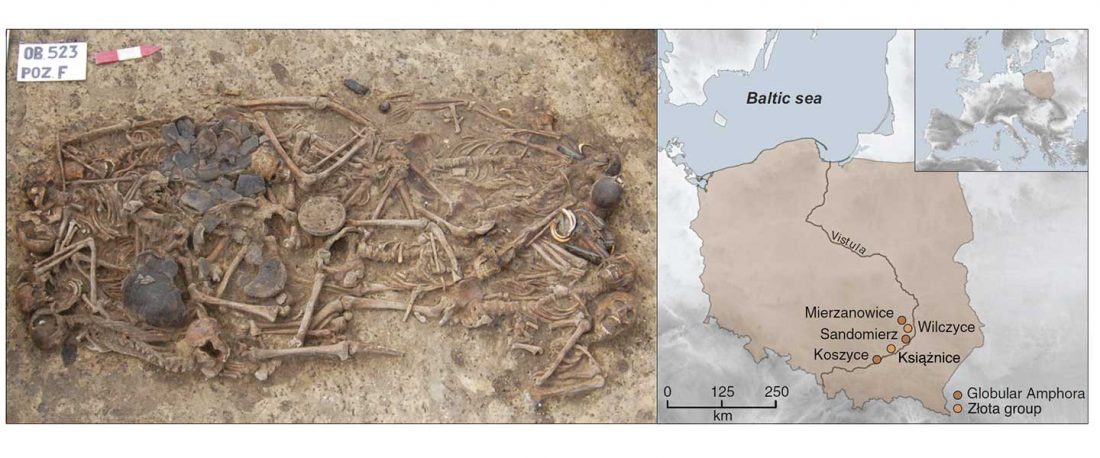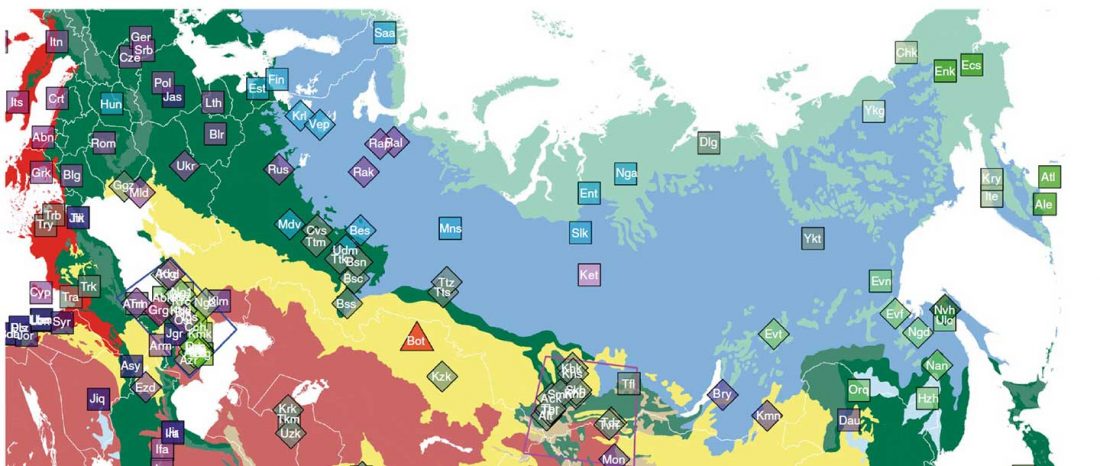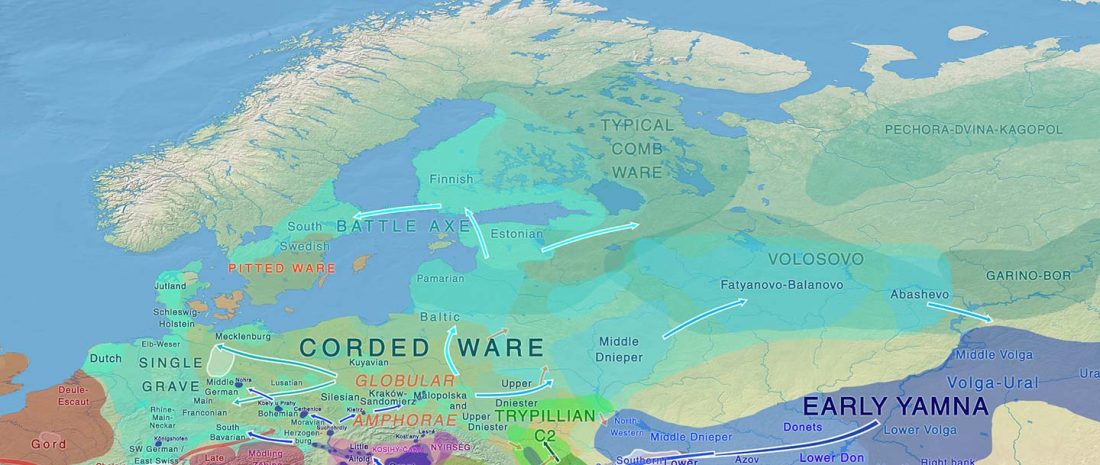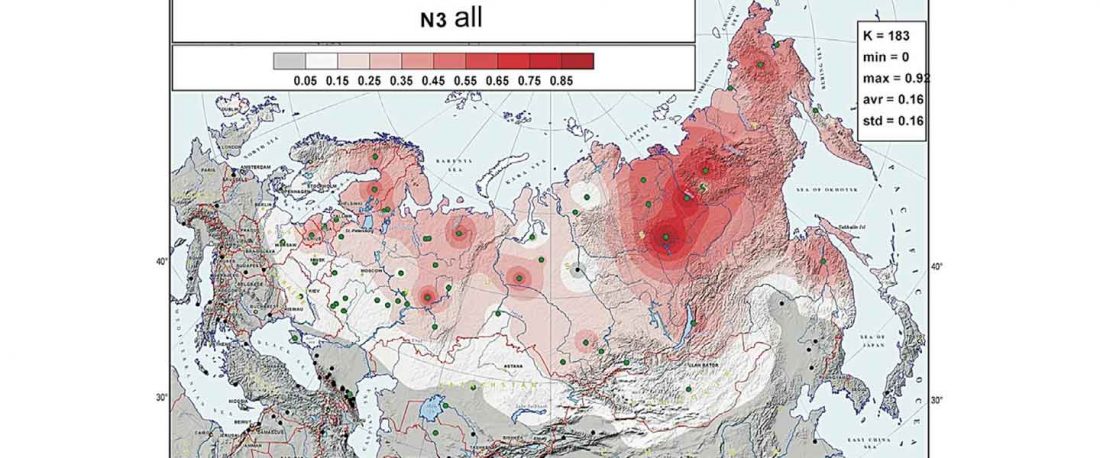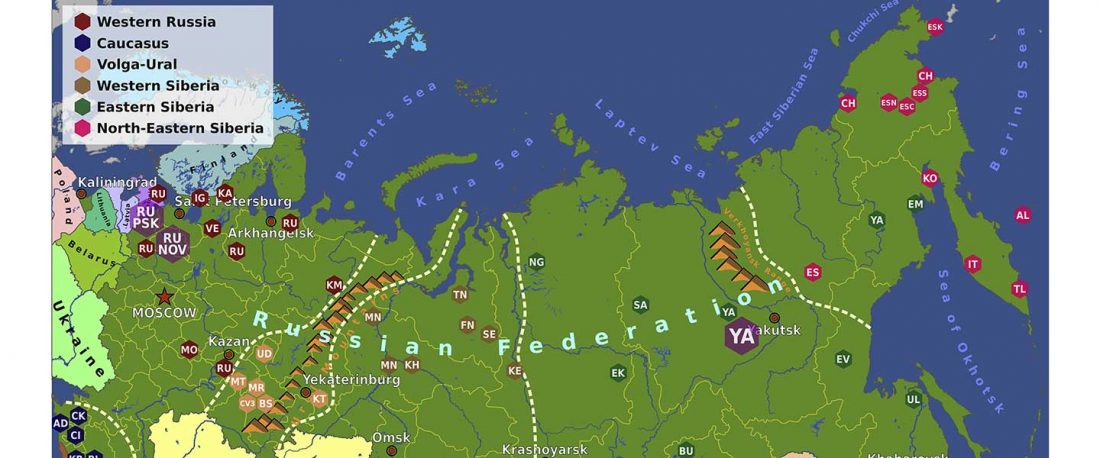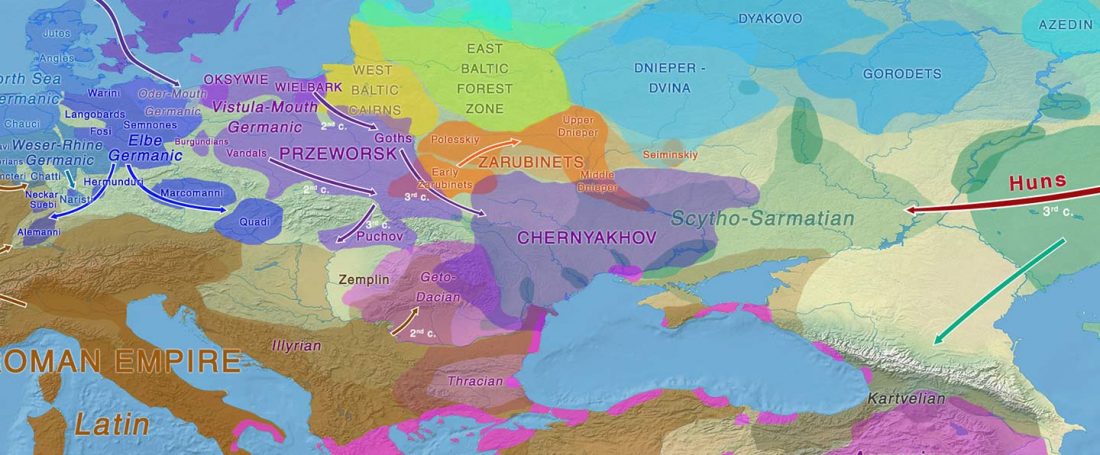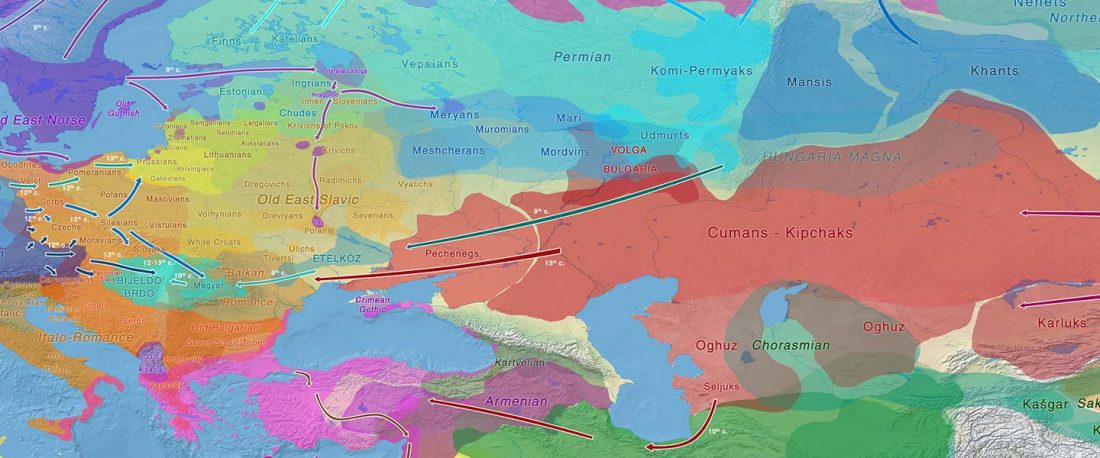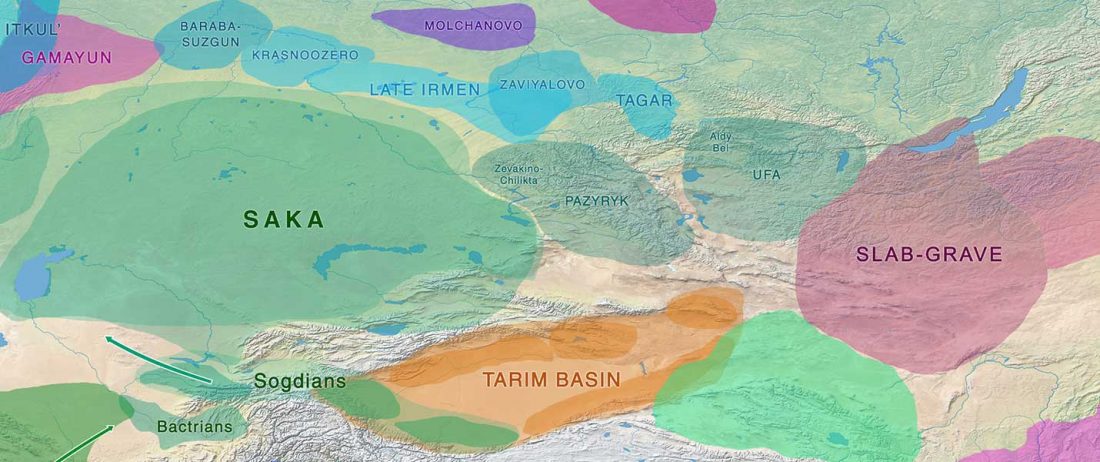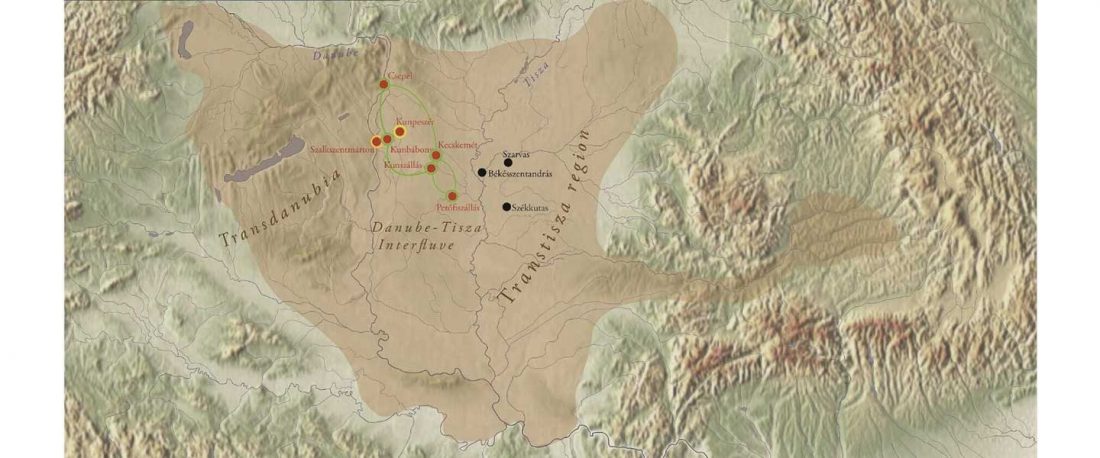Złota a GAC-CWC transitional group…but not the origin of Corded Ware peoples
Open access Unraveling ancestry, kinship, and violence in a Late Neolithic mass grave, by Schroeder et al. PNAS (2019).
Interesting excerpts of the paper and supplementary materials, about the Złota group variant of Globular Amphora (emphasis mine):
… Read the rest “Złota a GAC-CWC transitional group…but not the origin of Corded Ware peoples”A special case is the so-called Złota group, which emerged around 2,900 BCE in the northern part of the Małopolska Upland and existed until 2,600-2,500 BCE. Originally defined as a separate archaeological “culture” (15), this group is mainly defined by the rather local introduction of a distinct form of burial in the area mentioned. Distinct Złota settlements have not yet been identified.
